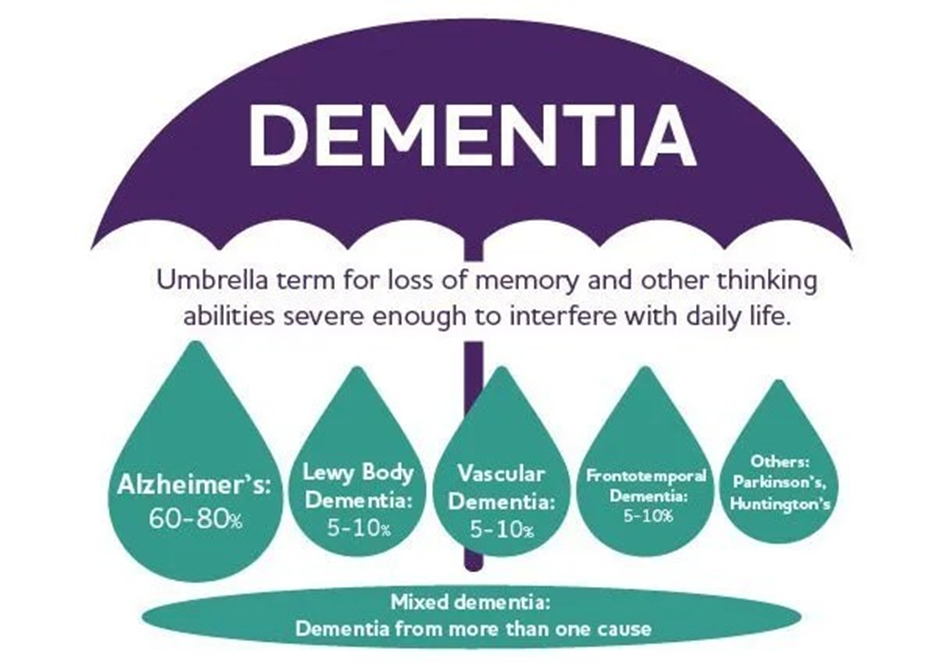A community health nurse is planning an educational program for a group of women who are postmenopausal. Which of the following outcomes is appropriate for this program?
Clients will schedule bone density screening.
Clients will arrange for mammograms every 3 years.
Clients will start hormone replacement therapy.
Clients will significantly decrease caloric intake.
The Correct Answer is A
Choice A reason: Scheduling bone density screening is an appropriate outcome for the program, as it helps to detect and prevent osteoporosis, a common condition among postmenopausal women. Bone density screening is recommended for women aged 65 years and older, or younger women with risk factors.
Choice B reason: Arranging for mammograms every 3 years is not an appropriate outcome for the program, as it does not follow the current guidelines for breast cancer screening. The American Cancer Society recommends that women aged 45 to 54 years should have mammograms every year, and women aged 55 years and older should have mammograms every 2 years, or continue yearly screening if they prefer.
Choice C reason: Starting hormone replacement therapy is not an appropriate outcome for the program, as it is not a universal recommendation for postmenopausal women. Hormone replacement therapy may have benefits and risks depending on the individual's health history, symptoms, and preferences. It should be discussed with a health care provider before starting.
Choice D reason: Significantly decreasing caloric intake is not an appropriate outcome for the program, as it may lead to nutritional deficiencies and other health problems. Postmenopausal women should maintain a balanced diet that meets their nutritional needs and supports their weight management. A moderate reduction in caloric intake may be advised for overweight or obese women, but not a drastic one.
Nursing Test Bank
Naxlex Comprehensive Predictor Exams
Related Questions
Correct Answer is D
Explanation
Choice A reason: Encouraging the family to join a support group is not the first action that the nurse should take. This is an important intervention that can help the family cope with the challenges and stress of caring for a client who has dementia, but it should be done after the nurse has established rapport and trust with the family.
Choice B reason: Providing the family with information about respite care is not the first action that the nurse should take. This is an important intervention that can help the family access temporary relief from their caregiving responsibilities, but it should be done after the nurse has assessed the family's needs and preferences.
Choice C reason: Educating the family regarding the progression of dementia is not the first action that the nurse should take. This is an important intervention that can help the family understand the nature and course of the disease, and prepare them for the future changes and challenges, but it should be done after the nurse has evaluated the family's level of knowledge and readiness to learn.
Choice D reason: Engaging the family in informal conversation is the first action that the nurse should take. This is based on the principle of communication, which states that the nurse should initiate and maintain a therapeutic relationship with the client and the family. The nurse should use informal conversation to introduce herself, express interest and empathy, and create a comfortable and respectful atmosphere. The nurse should also use open-ended questions, active listening, and nonverbal cues to elicit the family's concerns, expectations, and goals.

Correct Answer is A
Explanation
Choice A reason: Early detection of disease is the primary goal of screening for lipid disorders, as it can identify clients who are at risk of developing cardiovascular diseases, such as coronary artery disease, stroke, or peripheral artery disease. Lipid disorders are abnormal levels of cholesterol or triglycerides in the blood, which can lead to plaque buildup in the arteries and reduce blood flow to the heart, brain, or limbs. Screening for lipid disorders can help diagnose and treat these conditions before they cause serious complications.
Choice B reason: Client enrollment in prevention programs is not the primary goal of screening for lipid disorders, although it is a beneficial outcome. Prevention programs are interventions that aim to reduce the risk factors or prevent the onset of diseases. Client enrollment in prevention programs may be a result of screening for lipid disorders, as clients who have abnormal lipid levels may be referred to programs that offer education, counseling, medication, or lifestyle modification.
Choice C reason: Promotion of appropriate lifestyle changes is not the primary goal of screening for lipid disorders, although it is a beneficial outcome. Lifestyle changes are behaviors that can improve health and well-being, such as eating a balanced diet, exercising regularly, quitting smoking, or managing stress. Promotion of appropriate lifestyle changes may be a result of screening for lipid disorders, as clients who have abnormal lipid levels may be advised to adopt healthier habits to lower their cholesterol or triglycerides.
Choice D reason: Identification of family history of medical problems is not the primary goal of screening for lipid disorders, although it is a beneficial outcome. Family history of medical problems is a genetic or environmental factor that can increase the likelihood of developing certain diseases. Identification of family history of medical problems may be a result of screening for lipid disorders, as clients who have abnormal lipid levels may be asked to provide information about their relatives' health conditions.
Whether you are a student looking to ace your exams or a practicing nurse seeking to enhance your expertise , our nursing education contents will empower you with the confidence and competence to make a difference in the lives of patients and become a respected leader in the healthcare field.
Visit Naxlex, invest in your future and unlock endless possibilities with our unparalleled nursing education contents today
Report Wrong Answer on the Current Question
Do you disagree with the answer? If yes, what is your expected answer? Explain.
Kindly be descriptive with the issue you are facing.
